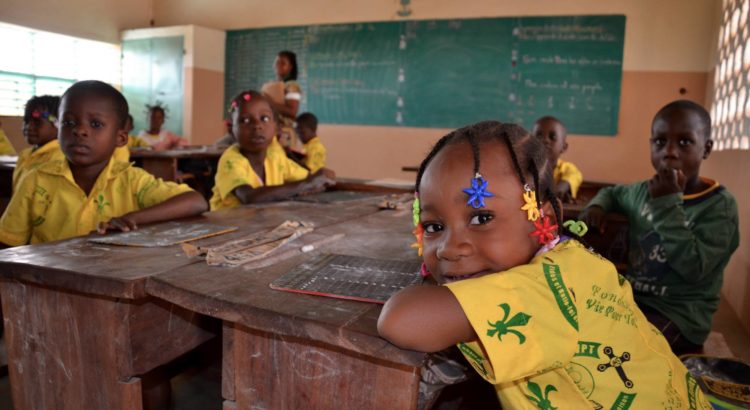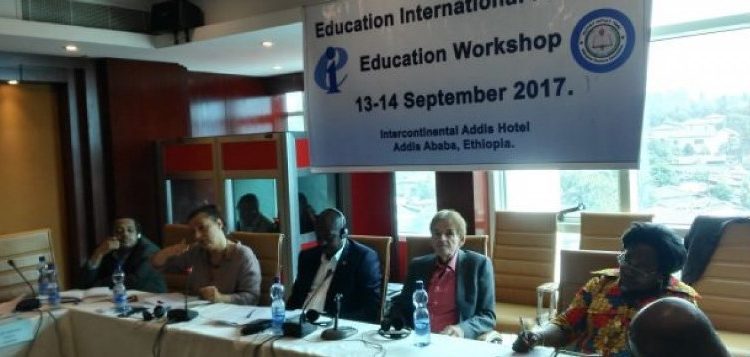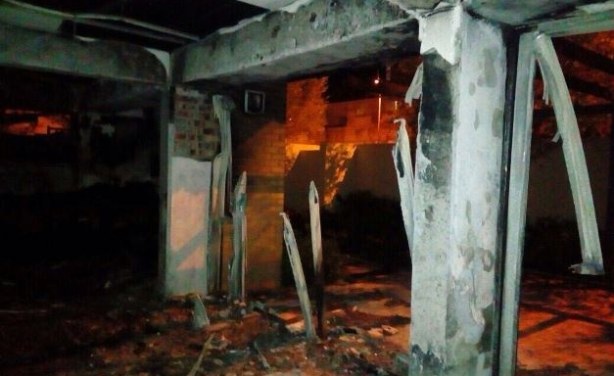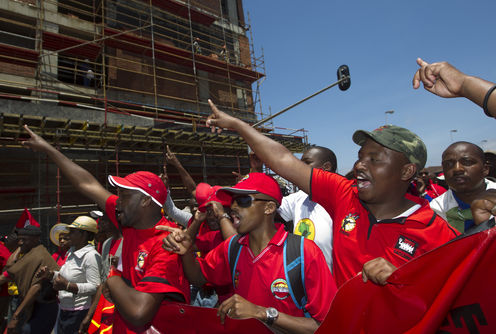Tendencias 21
La actividad cerebral podrá ser observada por cualquiera a través de la red.
Investigadores sudafricanos han conectado por primera vez un cerebro humano a Internet en tiempo real. Lo han conseguido registrando la actividad cerebral mediante un encefalograma, luego enviando esta información a un ordenador que, mediante un interfaz, lo proyecta en una web. Así, cualquier persona ver en tiempo real la actividad cerebral del sujeto del experimento, ya sea un paciente o un alumno.
Lo primero que han hecho es registrar la actividad bioeléctrica cerebral de una persona mediante un electroencefalograma (EEG). A continuación transmitieron esa actividad a un ordenador y éste lo replicó en un programa informático que se ejecuta en una web abierta, permitiendo ver la actividad cerebral del sujeto del experimento.
Según explica Adam Pantnowitz, uno de los autores del proyecto en un comunicado de la Universidad de Witwatersrand, en Johannesburgo, “estamos permitiendo que el usuario interactúe con su cerebro. Puede ver en tiempo real cómo reacciona ante un estímulo y ver así la respuesta que le ofrece e cerebro. Puede reconocer lo que sucede en su cabeza”.
El proyecto se llama Brainternet y utiliza la electroencefalografía para recoger la actividad eléctrica del cerebro a través del casco Emotiv EEG, que es el que envía la información a un ordenador. Este ordenador es Raspberry Pi, una máquina sencilla desarrollada para estimular las ciencias de la computación en las escuelas británicas.
Raspberry Pi envía la información remitida por el casco a un programa informático, que no es otra cosa que un interfaz desarrollado por el mismo equipo sudafricano. Este programa lo redirige una web donde cualquiera, incluido el sujeto del experimento, puede observar en tiempo real la actividad eléctrica del cerebro.
Para Pantnowitz, Brainternet es un nuevo tipo de interfaz cerebro-máquina. “Existe poca información fácilmente comprensible sobre la forma en que funciona el cerebro humano y gestiona las informaciones. Brainternet simplifica la forma en que las personas comprenden su propio cerebro y el de los demás”, explica.
Brainternet por tanto es una especie de programa TV on line en directo que ofrece una visibilidad clara del funcionamiento del cerebro, si bien por el momento sólo está disponible en una intranet de la Universidad de Witwatersrand para uso exclusivo de los investigadores.
La principal dificultad radica en los límites del lenguaje binario de los ordenadores, basado en enormes trenes de unos y ceros, para representar la actividad cerebral humana, mucho más compleja y dinámica que la representada en un ordenador.
Para conseguir lo que se proponen los investigadores sudafricanos, será preciso primero reducir la actividad cerebral a lenguaje binario, o tal vez utilizar otro tipo de ordenadores, como el ordenador cuántico o biótico, todavía hipotéticos. Nada que pueda esperarse a corto plazo.
Aplicaciones médicas y educativas
Al margen de estas evoluciones futuras, el resultado conseguido por los investigadores sudafricanos permite pensar ya en algunas aplicaciones potenciales. La primera para usos médicos, ya que esta tecnología permite a terapeutas observar desde cualquier lugar, a través de internet, la evolución cerebral de un paciente aquejado de enfermedades como el Parkinson, la epilepsia, la depresión o la esquizofrenia.
También podría ser útil para un seguimiento de la recuperación médica de lesiones, ya que permite observar el comportamiento del cerebro ante determinados movimientos.
Por último, no puede descartase su eventual aplicación a la educación, ya que puede permitir a los profesores conocer a través de Internet el estado cerebral de sus alumnos, determinar si están asimilando las enseñanzas, si necesitan un descanso o un nuevo enfoque de la temática para que pueda ser comprendida. De momento, todo especulaciones.













 Users Today : 11
Users Today : 11 Total Users : 35460468
Total Users : 35460468 Views Today : 20
Views Today : 20 Total views : 3419315
Total views : 3419315